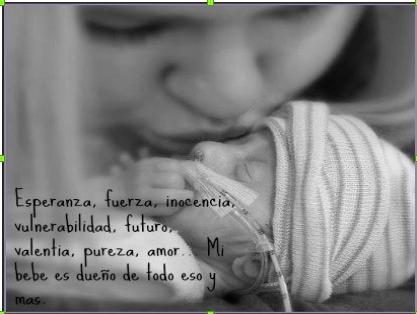PRETERM BIRTH (PARTUS PREMATUR) (Part one)

Definition
Preterm Birth (PTB) is defined as the presence of uterine contractions of sufficient intensity and frequency to effect progressive dilation and shortening of the cervix before 37 weeks of pregnancy.
Preterm birth is defined as the presence of 6-8 uterine contractions per hour or 4 uterine contractions every 20 minutes, before the 37th week of pregnancy.
Preterm birth can be a cervix dilated more than 2cm or shortened over 80% of its length, before the 37th week of pregnancy.
- General
- The incidence is 9% of all live births.
- It is one of the main causes of neonatal mortality.
- We have about 14.9 million cases per year of preterm births. Of these, 5% in Europe, 18% in Africa, 60% in Asia and in sub-Saharan Africa, and the rest in America.
- Based on causes we have 45-50% idiopathic, 30% with ruptured membranes, and 15-20% for maternal indications.
Classification
Preterm birth is divided into three main categories:
- with intact (unruptured) membranes
- with ruptured membranes
- indicated (fetal or maternal indication)
Pathophysiology
The exact mechanism of preterm birth is unknown. Some of the influencing factors are:
- Decidual hemorrhage.
- Uterine overdistension from multiple pregnancies or polyhydramnios.
- Cervical incompetence (trauma, cone biopsy).
- Uterine distortion (anomalies of the Mullerian ducts, uterine fibromyoma).
- Cervical inflammation from bacterial vaginosis or Trichomonas vaginalis.
- Maternal inflammation (maternal temperature from urinary, respiratory infections).
- Hormonal changes (fetal or maternal stress).
- Utero-placental insufficiency (arterial hypertension, insulin-dependent diabetes, drug abuse, smoking, alcohol).
Risk Factors
- Overweight or underweight before pregnancy
- Smoking
- Lack of prenatal care
- Drug and alcohol use in pregnancy
- Various maternal pathologies (arterial hypertension, preeclampsia, diabetes mellitus, blood coagulation disorders, maternal infections)
- Fetal defects
- IVF (in vitro fertilization)
- Multiple pregnancies
- Close pregnancies
- Family history of preterm birth
- Previous personal history of preterm birth
Indicators
Risk indicators for preterm birth are divided into 5 main categories:
- Individual characteristics (race / ethnicity)
- Fetal characteristics (sex of the fetus, fetal number, chorionicity)
- Obstetric history (previous history of preterm birth)
- Modifiable risk factors (social status, lifestyle, infections)
- Early signs of labor (ultrasound and laboratory markers)
The above indicators are divided into two groups:
A-Unmodifiable (ethnicity, obstetric history, fetus, medical data)
B-Modifiable (smoking, ovarian stimulation, number of embryos transferred, infections, lifestyle).
- Symptoms
- Lower back pain, often constant or intermittent, that does not ease with a change in position.
- Uterine contractions every 10 minutes or more frequently.
- Cramps in the lower abdomen similar to menstrual pains.
- Leakage of amniotic fluid from the vagina.
- Flu-like symptoms such as nausea, vomiting, diarrhea.
- Increased pressure in the pelvis or lower in the vagina.
- Increased vaginal secretions, vaginal bleeding.